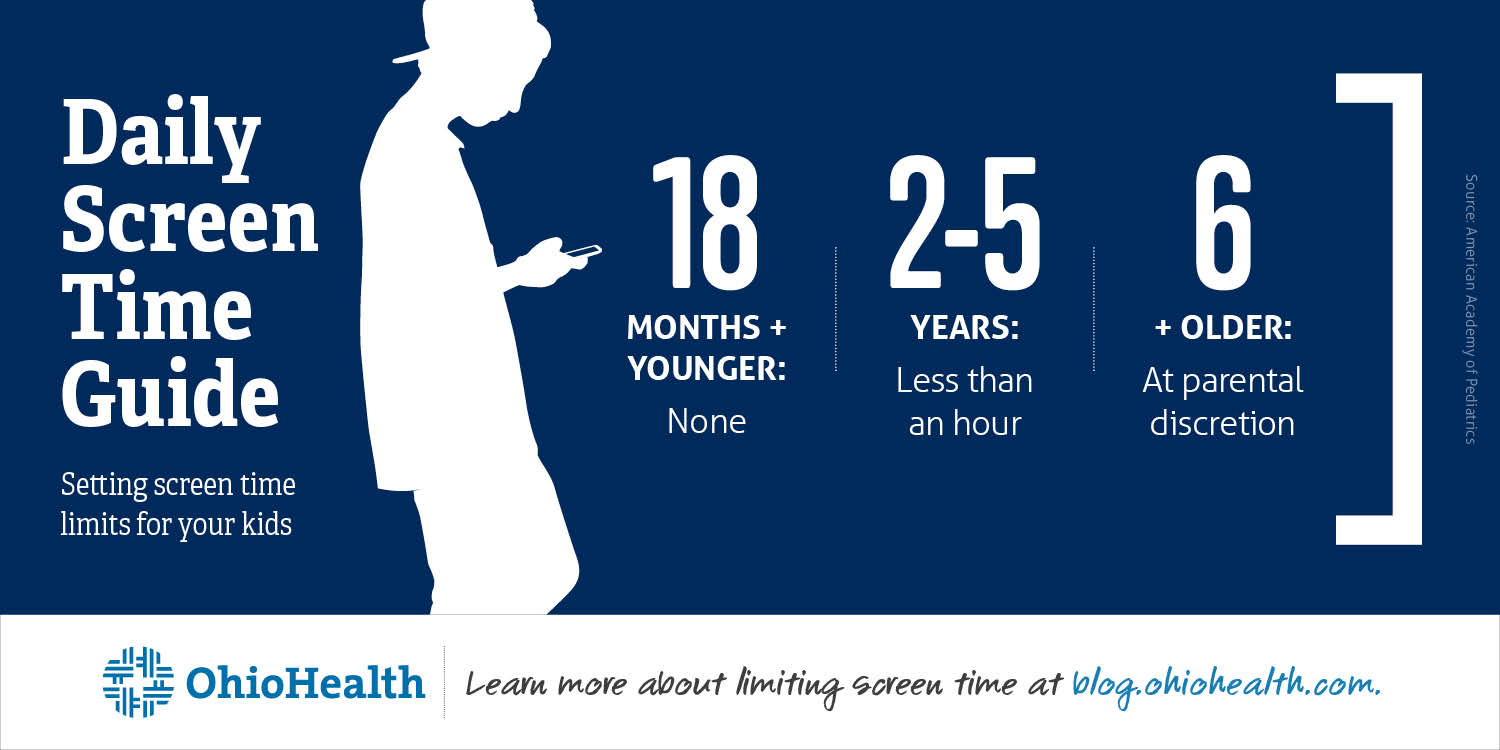All too often we look to the leaders of an organization to be responsible for a healthy work environment and while it is true that they enjoy the benefits of it and should correct roadblocks for a healthy environment the truth is EVERYONE is responsible. Organizations should foster a healthy work environment because the opposite can lower productivity and decrease employee motivation. Employee motivation is the drive that leads employee to complete tasks (Heathfield, 2019). However, every employee has a responsibility for creating an atmosphere that allows for trust, communication, appreciation and positivity.
A good leader should exercise authentic leadership. Authentic leadership makes way to a positive work environment that provides with psychological security. Psychological security leads to self-expression and fosters an environment in which mistakes can be made without fear of retaliation and thus new ideas and ways of doing things are explored (Meng, Cheng, & Guo, 2016). Because employee motivation is negatively affected by bad leadership (Jackson, & Williams, 1985) and work atmosphere affects creativity (Meng, Cheng, & Guo, 2016), I believe in engaging staff in the decision making process we can create an atmosphere of committed and loyal employees. As it is widely known replacing an employee can be costly for the organization, instead we should be aiming at growing professionally those who have dedicated their skills to the organization.
A good leader should exercise authentic leadership. Authentic leadership makes way to a positive work environment that provides with psychological security. Psychological security leads to self-expression and fosters an environment in which mistakes can be made without fear of retaliation and thus new ideas and ways of doing things are explored (Meng, Cheng, & Guo, 2016). Because employee motivation is negatively affected by bad leadership (Jackson, & Williams, 1985) and work atmosphere affects creativity (Meng, Cheng, & Guo, 2016), I believe in engaging staff in the decision making process we can create an atmosphere of committed and loyal employees. As it is widely known replacing an employee can be costly for the organization, instead we should be aiming at growing professionally those who have dedicated their skills to the organization.

Here are a few key important factors to consider when creating a positive work environment;
- When creating a healthy work environment trust plays a key role. The staff must be able to trust their superiors, and vice versa. Trust helps people show confidence in abilities and allows for new ideas to be proposed (Meng, Cheng, & Guo, 2016). To build up trust we must ensure staff are not being reprimanded for mistakes, but rather encouraged to explore their creativity.
- Feedback is provided and suggestions presented in a positive work atmosphere (Meng, Cheng, & Guo, 2016). Not only is welcoming the feedback important but listening and considering the feedback is critical. Some of the best ideas of how to handle a situation come from the people who often face them.
- Showing staff your appreciation for their work is also very important when fostering a healthy positive environment. Experts agree that achievement and recognition is a bigger motivator for staff than salary (Matsundaira, 2019).
- Communication is an important factor for any relationship and it’s not different at the work setting (Sims, 2014). For communication to be effective it must be honest, timely and opened. Be transparent in your communication to the staff and they will return the favor. Be timely in relaying messages, as you never want to allow the opportunity for doubt to settle in their minds before they hear your side of the story. Finally, be willing to listen to their reaction. Be ready to hear what they have to say without judging or having your guard up ready to rebuke what they have to say.
- Celebrate the milestones! Remember, the paycheck gets them to work, but recognition will keep them motivated (Sims, 2014). Make sure to acknowledge their efforts and reward them for those. Rewards can be as simple as recognizing in public their accomplishments, sending thank you notes or even a handshake and telling them how proud of them you are.
- Be happy! Being happy will project a positive attitude to the staff and create an environment of positivism and union (Sims, 2014). Say good morning in a cheerful way and soon they will all be happy to see you! If a leader shows up only to reprimand and usually in a bad mood, it won’t be long before everyone is dreading him coming around.

If you are a leader consider implementing these recommendations and reviewing them with the senior leadership team. In doing so you will be creating a work environment that will allow you to reach the staff’s potential and become a productive and profitable organization that will be able to retain their workforce avoiding the costs associated with a high turnover rate. In addition to creating an environment that will facilitate creativity it will encourage the staff to commit themselves to the team and its success in achieving the company’s goals.
References
HAO MENG, ZHI-CHAO CHENG, & TIAN-CHAO GUO. (2016). Positive Team Atmosphere Mediates the Impact of Authentic Leadership on Subordinate Creativity. Social Behavior & Personality: An International Journal, 44(3), 355–368. Retrieved from https://search-ebscohost-com.proxy1.ncu.edu/login.aspx?direct=true&db=s3h&AN=114485096&site=eds-live
Heath, S.M. (2019). What exactly is employee motivation? The Balance Careers. May 12, 2019.
Jackson, J. M., & Williams, K. D. (1985). Social loafing on difficult tasks: Working collectively can improve performance. Journal of Personality and Social Psychology, 49(4), 937–942. https://doi-org.proxy1.ncu.edu/10.1037/0022-3514.49.4.937
MATSUDAIRA, K. (2019). How to Create a Great Team Culture (and Why It Matters). Communications of the ACM, 62(6), 42–44. https://doi-org.proxy1.ncu.edu/10.1145/3316778
Platania, J., & Moran, G. P. (2001). Social Facilitation as a Function of the Mere Presence of Others. Journal of Social Psychology, 141(2), 190–197.https://doiorg.proxy1.ncu.edu/10.1080/00224540109600546
SIMS Jr., B. (2014). How to Create a Positive Work Culture. BusinessWest, 30(21), 53. Retrieved from https://search-ebscohost-com.proxy1.ncu.edu/login.aspx?direct=true&db=bwh&AN=95534970&site=eds-live








